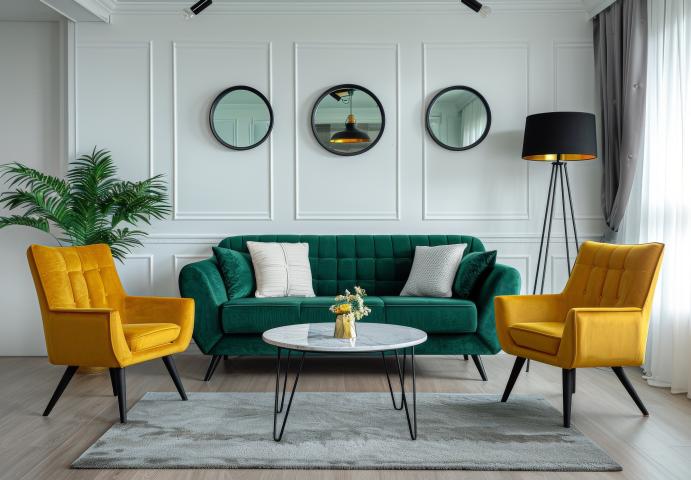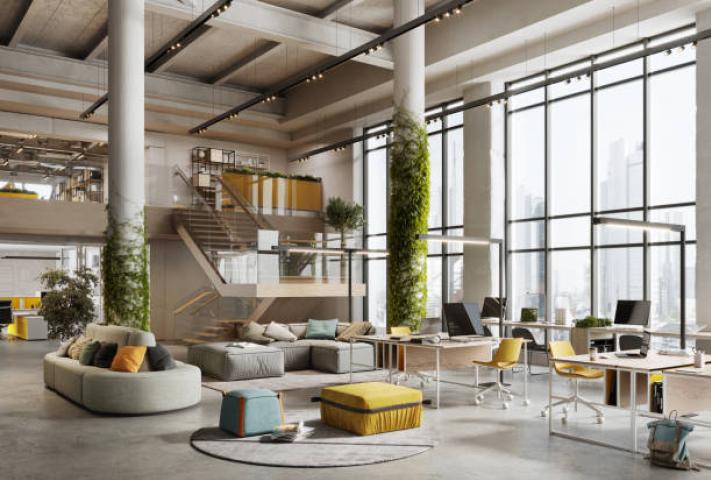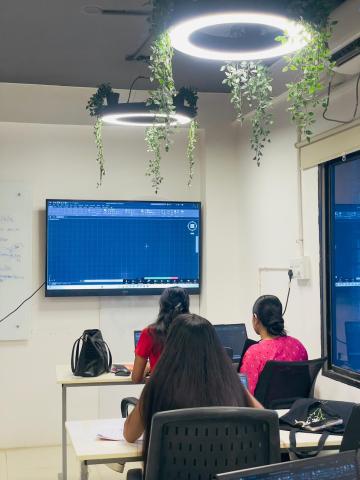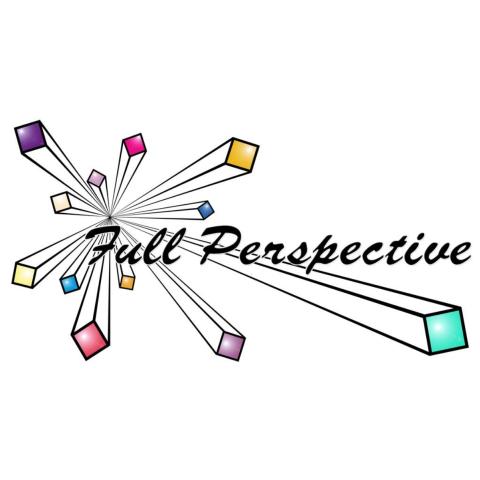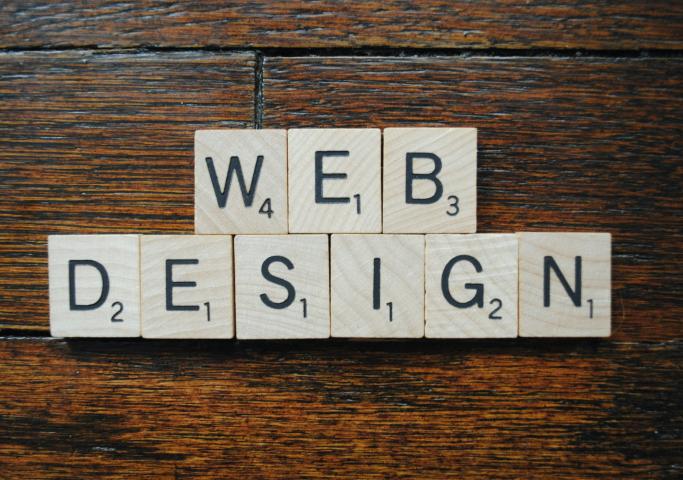What is Interior Design?
Interior design is the art and science of making spaces beautiful, comfortable, and functional. It involves choosing colors, furniture, lighting, and decorations to create a pleasing environment.
Why is Interior Design Important?
- Aesthetics: It makes spaces look attractive.
- Functionality: It ensures spaces are practical and easy to use.
- Comfort: It creates a pleasant atmosphere to live or work in.
Key Elements of Interior Design
- Color: The choice of colors can affect mood and perception. For example, blue can be calming, while red can be energizing.
- Lighting: Good lighting can enhance the appearance of a room and improve functionality.
- Furniture: The style and arrangement of furniture can define the character of a space.
- Texture: Different materials (like wood, metal, or fabric) add depth and interest to a room.
- Space Planning: Efficient use of space ensures that the room is not only beautiful but also practical.
Steps to Start Your Interior Design Project
- Identify the Purpose: Understand what the room will be used for. Is it a living room, office, or bedroom?
- Create a Mood Board: Collect images, colors, and materials that inspire you. This helps to visualize the final look.
- Choose a Color Scheme: Decide on a primary color and complementary shades.
- Select Furniture and Accessories: Pick items that match your theme and are functional.
- Plan the Layout: Arrange furniture to make the most of the space.
- Lighting: Add different types of lighting (ambient, task, accent) to enhance the room.
Tips for Interior Design Students
- Study Different Styles: Familiarize yourself with various design styles like modern, traditional, and minimalist.
- Stay Updated: Follow design magazines, blogs, and social media for the latest trends.
- Practice: Try designing different spaces to improve your skills.
- Get Feedback: Show your designs to peers and mentors for constructive criticism.
Popular Interior Design Styles
- Modern: Clean lines, neutral colors, and minimalistic decor.
- Traditional: Rich colors, ornate furniture, and classic accessories.
- Industrial: Exposed brick, metal accents, and a raw, unfinished look.
- Bohemian: Vibrant colors, eclectic patterns, and a relaxed vibe.
- Scandinavian: Simple, functional, and nature-inspired designs.
Conclusion
Interior design is a creative and rewarding field that combines art and functionality. By understanding the basics and keeping up with trends, you can create stunning spaces that reflect your personal style or meet your client's needs. Whether you're a student or an enthusiast, the key to success in interior design is continuous learning and practice.




